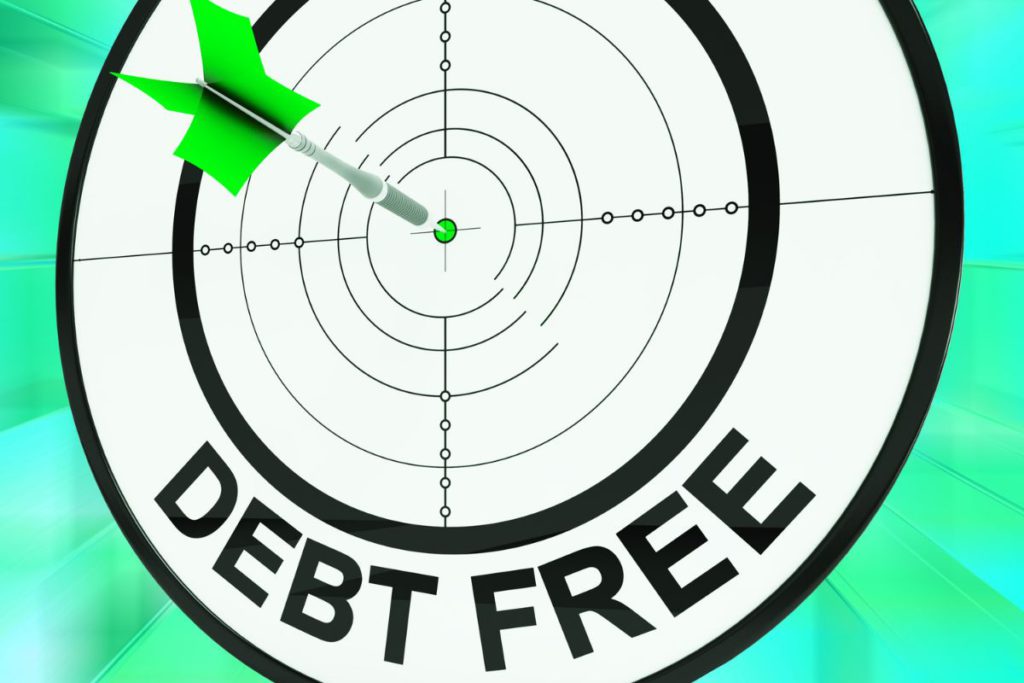Student loan debt has become a significant financial burden for millions of Americans. With recent policy changes and various forgiveness programs available, understanding your options has never been more important. This comprehensive guide will walk you through the current landscape of student loan forgiveness, helping you make informed decisions about your educational debt.
Understanding the Basics of Student Loan Forgiveness

Student loan forgiveness means you’re no longer required to repay some or all of your federal student loan debt. Consider it a fresh financial start, but it’s important to understand that only some qualify, and different programs have different requirements.
Types of Federal Student Loans Eligible for Forgiveness
- Direct Subsidized Loans
- Direct Unsubsidized Loans
- Direct PLUS Loans
- Direct Consolidation Loans
Public Service Loan Forgiveness (PSLF)

The PSLF program offers complete loan forgiveness for public service workers after 120 qualifying payments. Let’s break down what this actually means for your finances.
How PSLF Works in Practice
Let’s say you’re a teacher with $50,000 in federal student loans. Under PSLF, the remaining balance gets forgiven if you make 120 qualifying monthly payments while working full-time at a public school. Here’s what your journey might look like:
Monthly Payment (Income-Based): $300 Total Paid After 10 Years: $36,000 Amount Forgiven: Remaining Balance
Key Requirements for PSLF
- Full-time employment at a qualifying organization
- Having Direct Loans or consolidating into Direct Loans
- Enrollment in an income-driven repayment plan
- Making 120 qualifying payments
Income-Driven Repayment (IDR) Forgiveness

IDR plans to adjust your monthly payment based on your Income and family size. After 20-25 years of payments, any remaining balance gets forgiven.
Real Numbers: How IDR Affects Your Monthly Payments
Example Calculation:
- Annual Income: $45,000
- Family Size: 2
- Standard Monthly Payment: $500
- IDR Monthly Payment: $225 (Based on discretionary Income)
The Four Main IDR Plans
- Income-Based Repayment (IBR)
- Pay As You Earn (PAYE)
- Revised Pay As You Earn (REPAYE)
- Income-Contingent Repayment (ICR)
Teacher Loan Forgiveness Program
Designed specifically for educators, this program offers up to $17,500 in forgiveness after five consecutive years of teaching at a qualifying school.
Qualification Requirements
- Must teach full-time for five consecutive years
- At least one of those years must be after the 1997-1998 academic year
- Must work at a qualifying low-income school or educational service agency
Forgiveness Amounts Based on Subject Area
Mathematics or Science Teachers (Secondary): Up to $17,500 Special Education Teachers: Up to $17,500 Other Subject Areas: Up to $5,000
Military Service Loan Forgiveness

Service members have access to unique forgiveness options. The exact benefits depend on your branch of service and role.
Available Programs
- Military College Loan Repayment Program (CLRP)
- National Defense Student Loan Discharge (NDSL)
- Active Duty Student Loan Forgiveness
Steps to Apply for Loan Forgiveness
Determine Your Loan Type
First, log into StudentAid.gov to view your federal loan details. Only federal loans qualify for most forgiveness programs.
Verify Employment Requirements
Ensure your employer qualifies for your chosen program. For PSLF, use the PSLF Help Tool on StudentAid.gov.
Submit Required Documentation
Each program has specific forms and documentation requirements. Keep copies of everything you submit.
Continue Making Payments
Don’t stop making payments until you receive official confirmation of forgiveness.
Common Mistakes to Avoid
Missing Annual Recertification
For IDR plans, you must recertify your Income and family size annually. Missing this deadline can increase your payments and add unpaid interest to your loan balance.
Example: Original Payment: $250/month Payment After Missing Recertification: Could jump to $800+/month
Not Keeping Employment Records
Document everything related to your employment, especially for PSLF. Save:
- Employment certification forms
- Pay stubs
- W-2s
- Tax returns
Tax Implications of Loan Forgiveness

Thanks to the American Rescue Plan Act, most student loan forgiveness is tax-free through 2025. However, it’s crucial to plan for potential tax liability after 2025.
Calculating Potential Tax Impact
Example: Forgiven Amount: $30,000 Tax Rate: 22% Potential Tax Bill: $6,600
Strategies for Success
Track Your Progress
Create a spreadsheet or use a loan tracking app to monitor:
- Payment history
- Qualifying payment count
- Employment certification dates
- Annual recertification deadlines
Stay Informed
- Sign up for loan servicer email updates
- Follow the Department of Education’s announcements
- Join relevant social media groups or forums
Alternative Options if You Don’t Qualify
Refinancing
Consider private refinancing if you don’t qualify for forgiveness. Compare rates from multiple lenders.
Example Savings: Original Loan: $40,000 at 6.8% Refinanced: $40,000 at 3.5% Monthly Savings: $70 Total Interest Savings: $8,400 over 10 years
Employer Assistance Programs
Many companies now offer student loan repayment assistance as an employee benefit. Average benefit ranges from $1,000 to $5,000 annually.
Conclusion

Student loan forgiveness programs can provide significant financial relief but require careful planning and attention to detail. Stay informed about program requirements, maintain good records, and don’t hesitate to contact your loan servicer with questions. Remember, the path to loan forgiveness is a marathon, not a sprint – but the financial freedom at the finish line is worth the effort.
By understanding and properly utilizing these programs, you can save tens of thousands of dollars and achieve your goal of becoming student debt-free. Keep this guide handy as you navigate your student loan journey, and remember to check for program updates and changes regularly.





